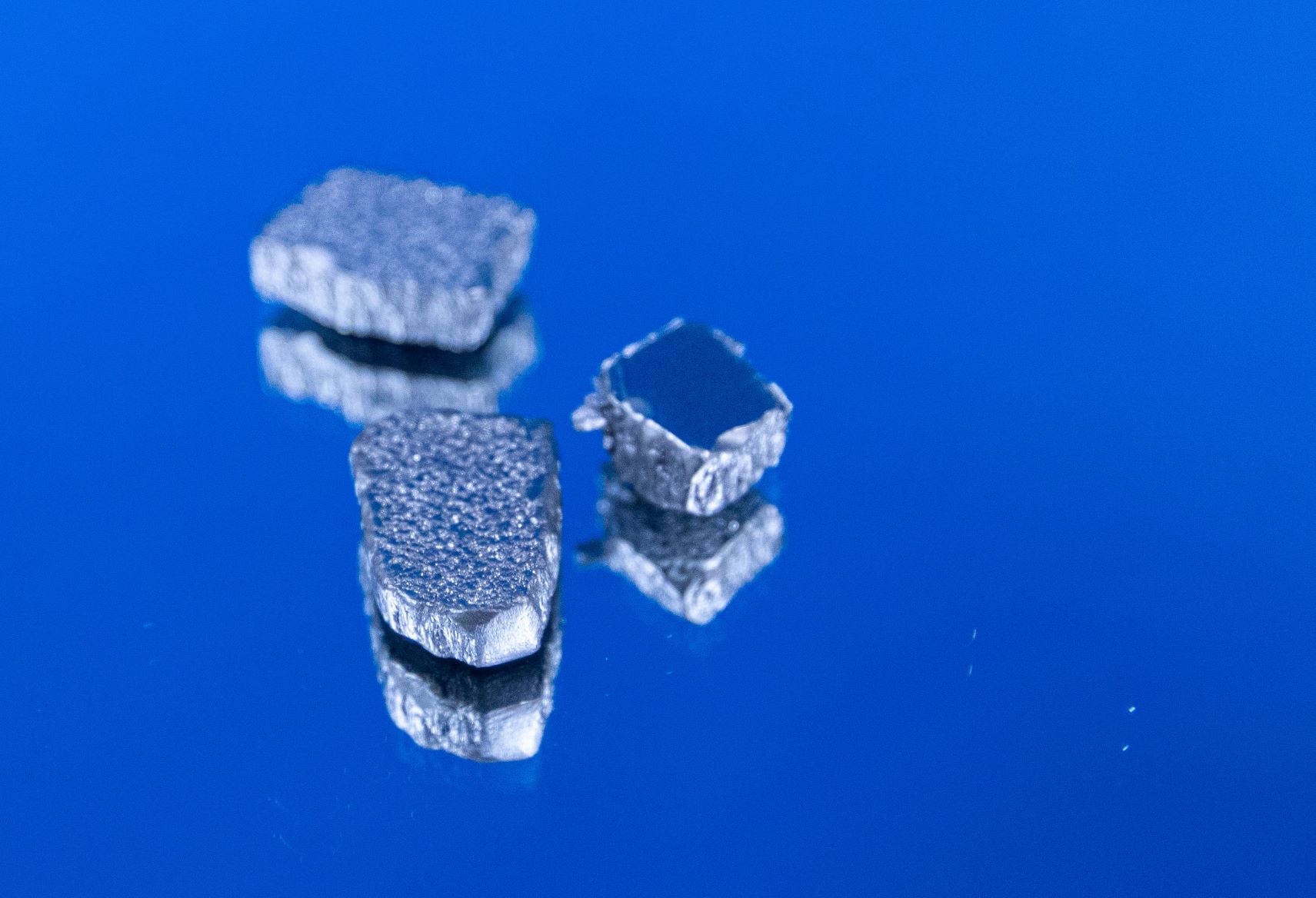Scientists from Immanuel Kant Baltic Federal University for the first time obtained cobalt complexes-based self-oscillating gels. Such gels can occasionally change their geometric parameters, thanks to that they can be used for creation of chemomechanical materials, that transform chemical energy into the energy of mechanical oscillations. The emergence of propagating chemical waves inside such gels enables to use material for creation of devices, processing information using cooperation of chemical waves. Results of the research are published in magazine Gels.
Tag: Cobalt
Cathode active materials for lithium-ion batteries could be produced at low temperatures
Layered lithium cobalt oxide, a key component of lithium-ion batteries, has been synthesized at temperatures as low as 300°C and durations as short as 30 minutes.
With sheer determination, researchers can make tough materials that bend without breaking
Shear band formation is not typically a good sign in a material — the bands often appear before a material fractures or fails. But materials science and engineering researchers at the University of Wisconsin–Madison have found that shear bands aren’t always a negative; under the right conditions, they can improve the ductility, or the plasticity, of a material.
Battery parts can be recycled without crushing or melting
Researchers at Aalto University have discovered that electrodes in lithium batteries containing cobalt can be reused as is after being newly saturated with lithium. In comparison to traditional recycling, which typically extracts metals from crushed batteries by melting or dissolving them, the new process saves valuable raw materials, and likely also energy.
How ‘Iron Man’ bacteria could help protect the environment
Researchers show that microbes are capable of an incredible feat that could help reclaim a valuable natural resource and soak up toxic pollutants.

Stronger Cobalt for Fuel Cells
A multi-institutional effort led to the design of a highly active and more durable catalyst made from cobalt, which sets the foundation for fuel cells to power transportation, stationary and backup power, and more.

Scientists look to meteorites for inspiration to achieve critical element-free permanent magnet
The U.S. Department of Energy’s (DOE’s) Critical Materials Institute has developed a low-cost, high performance permanent magnet by drawing inspiration from an out-of-this-world source: iron-nickel alloys in meteorites. The magnet rivals widely used “Alnico” magnets in magnetic strength and has the potential to fill a strong demand for rare-earth- and cobalt-free magnets in the market.